News
How Are Drug Sniffing Dogs Trained to Find Narcotics?
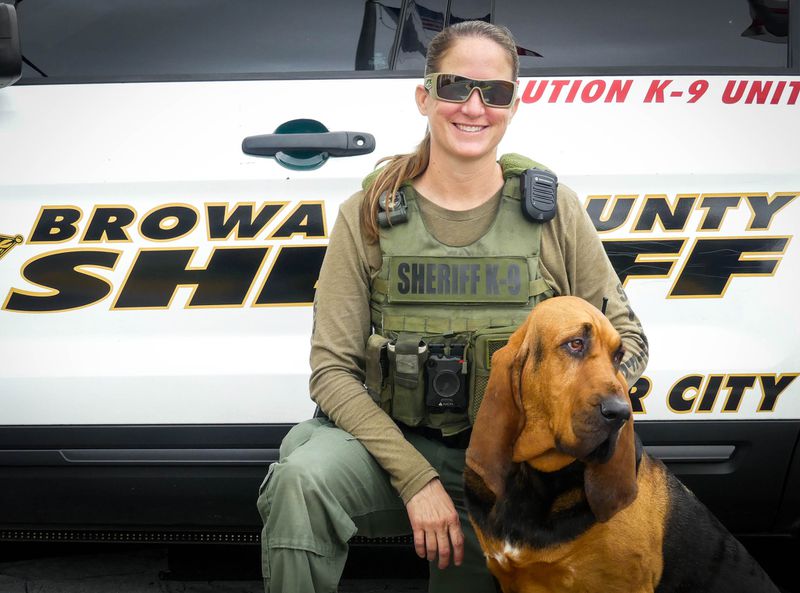
You've probably seen drug sniffing dogs on television before. Consider this scene:
A flight is ready to take off in a few hours, and many passengers arrived early to check-in. Many of them give their luggage to the airport staff, put on a conveyer belt, and transported it to another room.
In that room, an officer and her black Labrador Retriever inspect the bags. The officer puts small shoes on the dog to jump onto the conveyer belt without hurting its feet. The officer walks the dog across the belt as the canine quickly sniffs each passing item.
The dog then comes across a purple suitcase and sits down. The officer takes the bag off the conveyer belt, sets it on the ground, and unzips it. She digs through the person's belongings and finds a bag of cocaine they were trying to smuggle.
Drug sniffing dogs are an invaluable tool for law enforcement, but have you ever wondered how they get trained?
How Do You Train Drug Sniffing Dogs?
Training k9 detecting dogs is a simple matter that starts with play.
First, you play a game with the dog's favorite toy. In most cases, the toy is a white towel with no scent. The dog becomes accustomed to playing with the toy and constantly seeks it out.
Eventually, you roll up drugs inside the toy. The dog learns to associate the smell of drugs with the toy.
Then, you will hide the toy in various places. The dog uses its keen sense of smell – which is up to 100,000 times greater than that of a human – to locate the hidden toy. Once the dog finds the toy, you will reward it with play or a treat.
You gradually increase the difficulty by hiding in harder-to-find places. Drug detecting dogs learn to find the toy even in challenging situations. For example, you might bury the toy, hide it in a container, or leave it slightly out-of-reach.
This training method helps build a positive feedback loop with the dog and its toy. The dog seeks the illegal substance in hopes of getting a reward.
The Shape Signal Method
The shape signal method is another popular way to train drug dogs.
First, the dog learns a simple command, like "sit" or "bow." Teach them using a hand signal or clicker.
Then, use your hand signal and expose the dog to a sample scent. Reward the pup when they perform the wanted action after smelling the scent. You can start with something like vanilla or cheese before moving to a drug scent.
Repeat this enough, and the dog will learn to associate the action with the scent and reward. You should eventually remove the hand signal, but keep the clicker and reward. This way, the dog can identify the smell automatically.
Then, you'll hide the scent and have the dog find it. After they've mastered that step, remove the clicker but keep the reward. Just make sure to avoid rewards if the dog locates the wrong scent.
The final step is to hide the scent in a hard-to-reach spot. You could put the smell in containers or find other ways to obfuscate it. This will challenge your dog to maximize its seeking abilities.
What Can Drug Sniffing Dogs Find?
Repeating these processes allows drug sniffing dogs to learn multiple scents. Our dogs can recognize 13 substances, including cocaine, bath salts, meth, and opioids.
Some drug detecting dogs also seek out legal substances in specific cases. Police dogs are only trained for illegal substances because they don't want them to bother people with legal medicine like Xanax. However, our 3DK9 sniffer dogs can find legal substances for specific clients.
Many of our 3DK9 sniffer dogs can find kratom, nicotine, and Adderall. They come in handy for businesses that don't want those kinds of drugs on-premises. For example, a smoking-free area might wish for a drug sniffing dog to locate nicotine.
It's helpful to sniff out legal substances to prevent some abuse cases. For example, Adderall is legally prescribed for ADHD patients. However, it's also a popular street drug that many people abuse.
Additionally, some k9 detection dogs can also sniff out explosives. These kinds of dogs are common at airports, concerts, and other large gatherings. These dogs can work in nearly any environment and locate bombs hidden in packages, buildings, and vehicles.
How to Ensure Quality Training
If you want the training to stick, you must form a relationship with your dog. For example, police dogs live with the officers who train them, ensuring they're always close together.
You don't need to be around your pup 24/7, but building a strong relationship is still essential. This helps ensure robust communication between you and your dog. The more the dog trusts you, the easier it will be to train.
Be patient with the dog and work slowly. It might take many tries before the dog performs the expected behavior. Provide rewards when they succeed, but avoid punishments.
It never hurts to test the dog on previously-learned techniques continually. Much like any other skill, practice makes perfect.
It's also essential to train your dogs in a variety of environments. Houses, offices, stores, and apartments are all places your dog will likely visit on the job. Prepare them for any situation they may face for maximum effect.
How Can Our Dogs Help You?
We at 3DK9 have expertly trained dogs who can sniff out a wide variety of substances. We take pride in knowing that our services provide clients with the utmost satisfaction and peace of mind. We work with clients to build customized solutions to fit their every need.
What to learn more about how drug sniffing dogs can help you? Contact us today and talk to one of our experts.




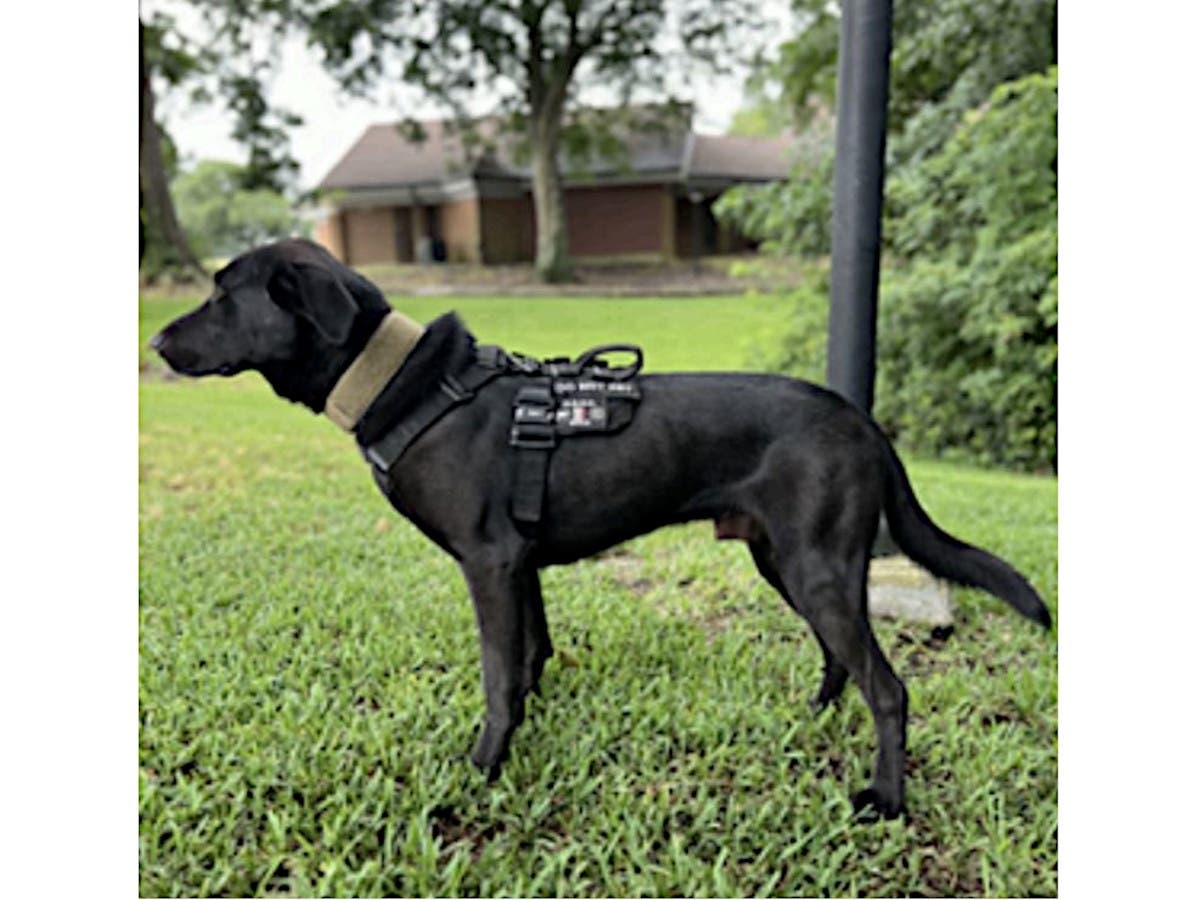
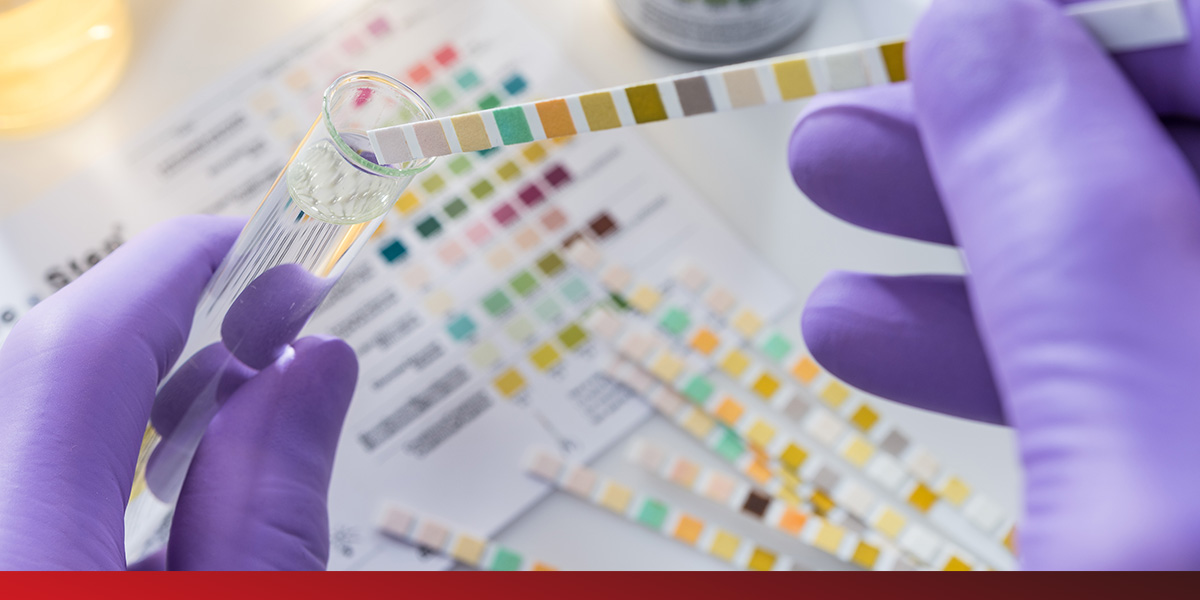
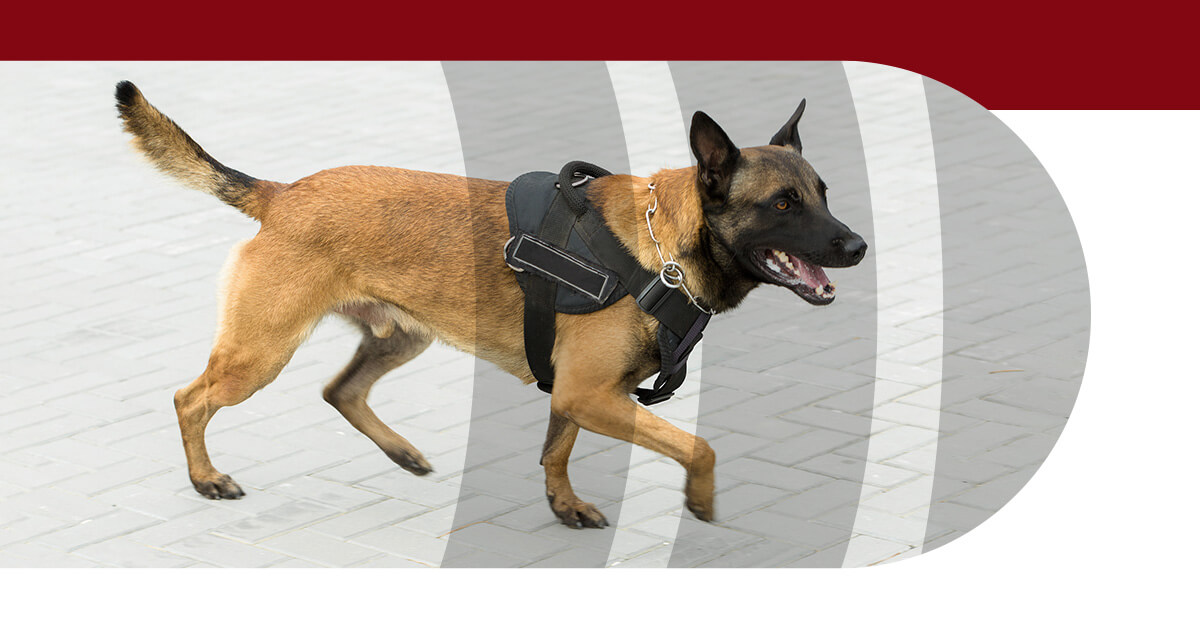
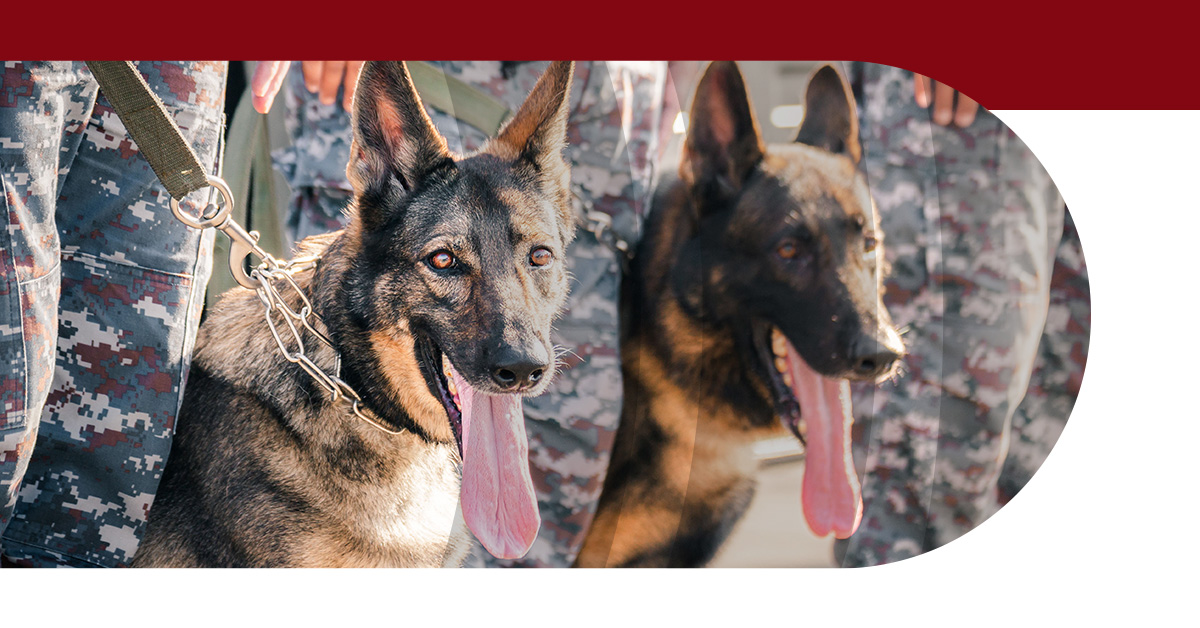

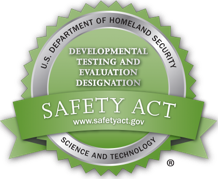

Comments